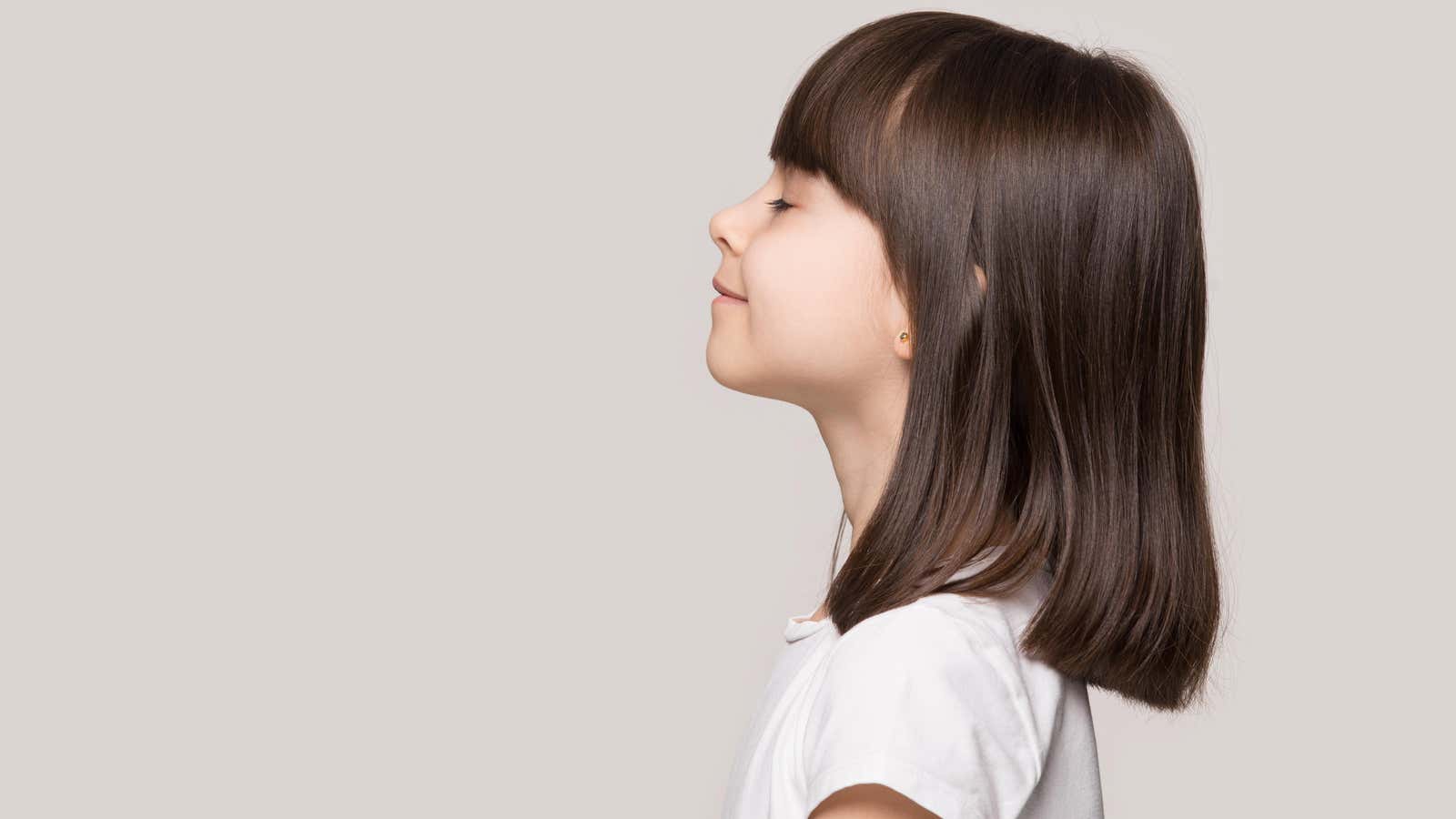Eight Best Self-Soothing Techniques for Young Children

Children are easy to calm down, right? Give them something to suck on or wrap them in thick swaddling clothes and they will melt in your hands. For young children, parental hugs are still probably the most soothing response to their Big Feelings, but mom and dad aren’t always around during times of emotional stress. But if you start teaching your toddlers to soothe themselves now, they will develop skills that will help them regulate their emotions for the rest of their lives.
Why do people need to comfort themselves in moments of fear, embarrassment, or confusion? Emotional distress causes an increased heart rate, muscle tension, rapid breathing, and an inability to focus on other subjects. These changes are helpful if you’re going to be fighting a predator, but frustrating when you just want to get on with your day. The purpose of self-calming is to reverse these physical processes and induce a more calm state for the nervous system and body.
“Self-soothing skills can help provide immediate comfort and help you feel good again when you are experiencing strong emotions. Who doesn’t have complex, intense emotions sometimes?” said Robin Raven, author of The Little Book of Complacency . “Self-soothing skills are important for all people of all ages because we will all experience negative emotions probably every week of our lives. That is the nature of life in this world as a person, no matter how young you are.”
Raven helped us select some of her favorite self-soothing techniques for kids from her new book.
Be a sloth
When your child’s heart and mind race, it can help them slow down. Like down. Tell your child to act like a sloth and do everything as slowly as possible to redirect his attention and calm his body.
“It can bring joy because it helps children use their imagination and also calms themselves. It’s especially easy to adapt for younger children,” Raven said.
Victory dance
This tip works in several ways. First, it redirects your attention from what makes you sad to “winning.” Secondly, the rhythmic movement of the body to music calms the nervous system (similar to how rocking calms a child).
Create sounds for every emotion
Identifying our emotions is difficult for children and adults, but it’s worth the effort. The ability to name emotions and notice that they come and go can convince you that every Big Feeling is not a disaster. Help your child come up with a sound that connects them with the basic emotions: joy, love, fear, anger, surprise, and sadness. Combining the sound with the disturbing emotion can help the child voice what they can’t put into words. They can then use “happier” sounds to evoke calmer feelings.
touch your feet
Stretching can help muscles relax and redirect attention. Try touching your toes while sitting or standing. Raven suggests alternately reaching for one leg with the other hand, like a windmill. “Simple physical movements to distract and calm kids are easy to understand and do,” she said.
Describe textures
An essential part of grounding or bringing the mind back to the body in the present moment is identifying sensations such as touch. Ask your child to describe how their shirt, table, floor, or favorite toy feels. For more grounding, use other senses. Ask your child what he sees, hears, smells and tastes.
Keep your heart humming
It is so simple. Have your child put their hand on their chest and moo as long as they feel comfortable. The Science Says It Works: In a 2021 study, researchers found that touching your own heart lowers cortisol and stress levels just like a hug from someone else.
“When writing each exercise, I have tried to keep everything simple and to the point so that they can be most effective when someone needs to calm down quickly, and I think this will be helpful for parents or other caregivers who want to teach their children. Raven said.
make funny faces
What child is not fascinated by his own face in the mirror? Ask them to make wilder and wilder faces until they break. Laughter is the natural antidote to grouchiness.
Experience a sense of security
This is a visualization technique. When your child is calm and happy, ask him to describe what “safety” is. They can create a perfect imaginary safe space and then return to that “vision” when they are upset.
Keep it creative
According to Raven, imagination and creativity are important components of complacency.
“I think art has a strong impact on emotional health and overall well-being, so art should never be underestimated. Some of the self-soothing ideas in this book were inspired by how much art helped me calm myself as a child and throughout my life,” she said.
Share these ideas with your child and see which ones work for him. It is easier to teach self-soothing when your child is in a calm state, and he learns skills better when he is relaxed. So practice these techniques with your baby when he’s relaxed or happy, and remind him that these activities can help him get back to that calm feeling when he’s upset, even if mom can’t snuggle up to him right away.